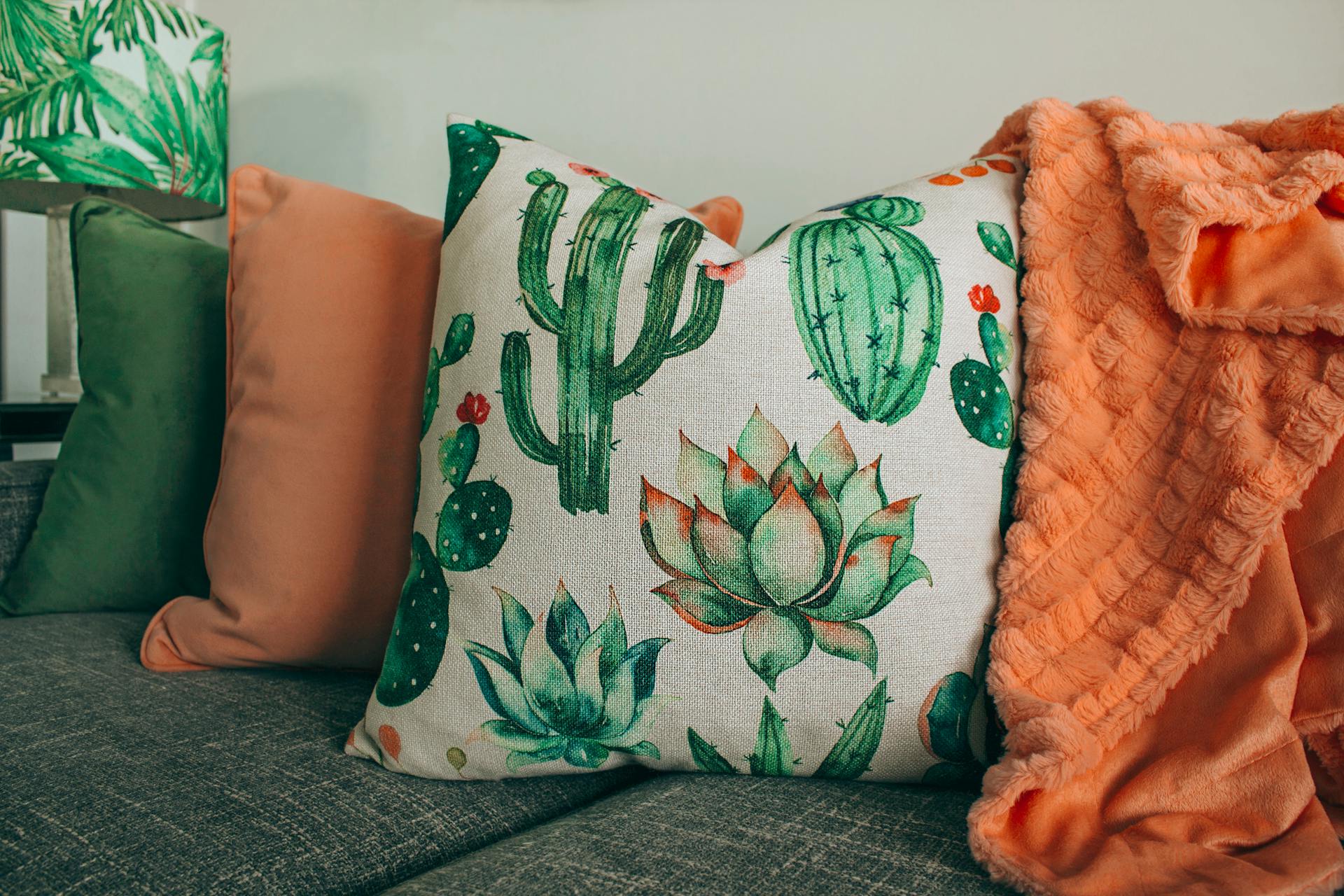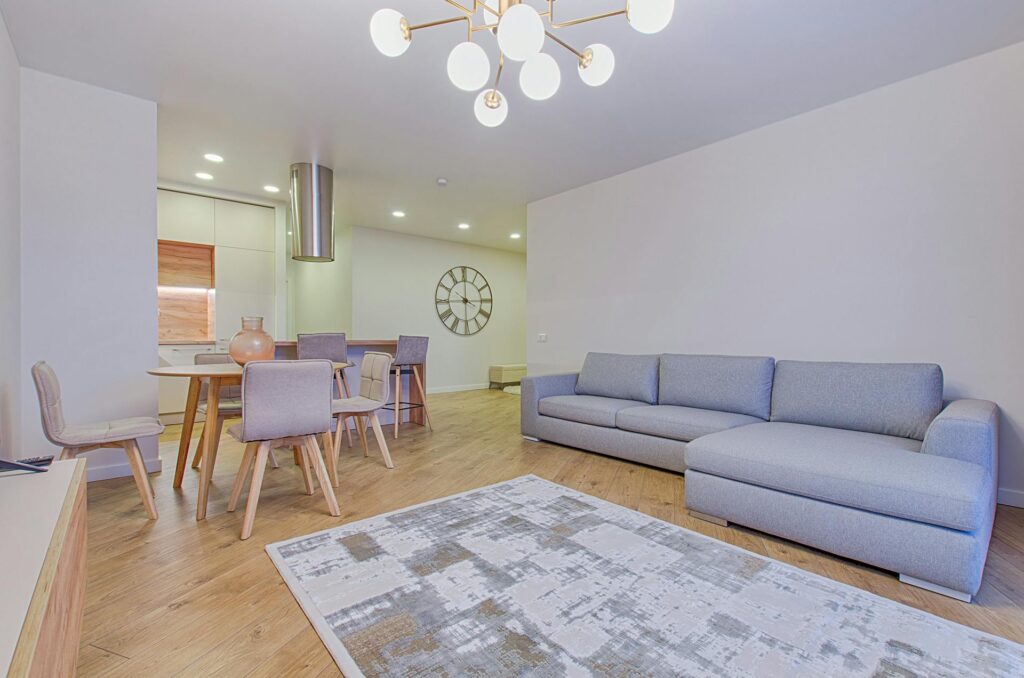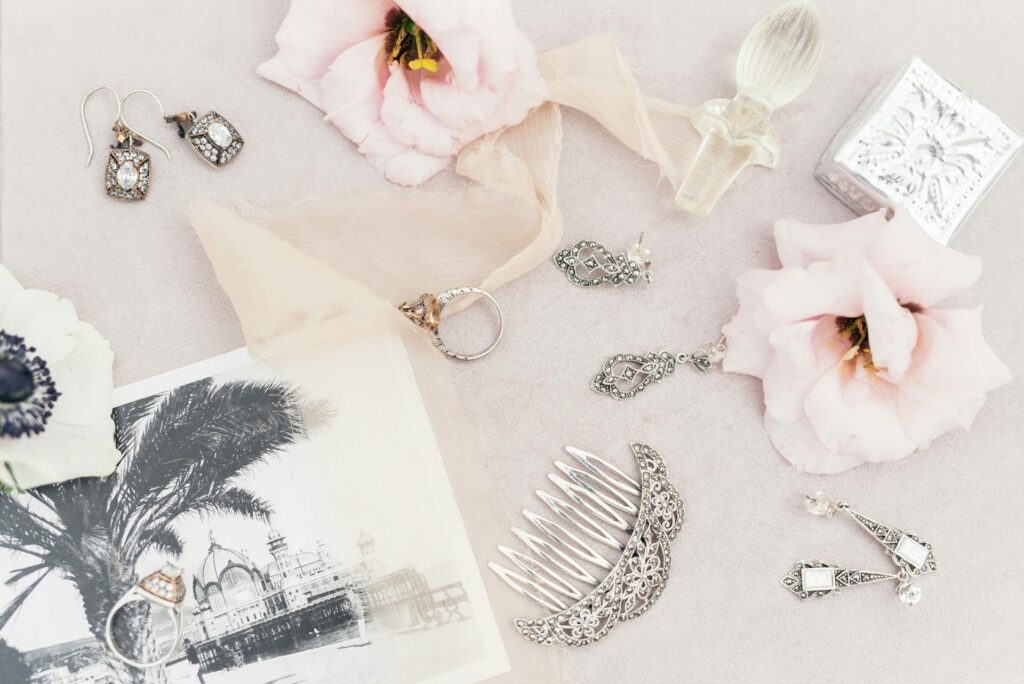Your bedroom has all the right furniture and perfect colors, but it still isn’t quite right – it’s flat, downright sterile. What’s missing? Texture. Without different textures to contrast, even the best-thought-out space can be one-note and impersonal. The good news is that adding warm, decadent texture doesn’t have to be a do-over or a financial burden. Let me show you how effortless elements can transform your home from bland to richly textured.
Why Texture Matters More Than You Think
Texture engages a few of your senses and provides visual interest that two-dimensional planes simply can’t compete with. Smooth and rough, hard and soft, matte and glossy, and you’re adding depth that makes spaces feel sophisticated and welcoming.
Think about it, would you rather sink into a space of soft throws and wicker baskets, or be in a room filled with only smooth leather and glass? Texture literally makes your home feel more touched and lived-in, which equals comfort and warmth.
Read More: Timeless vs. Trendy: What Stays in Style Longest?
Rugs: Your Foundation for Texture
Rugs are the easiest and best way to introduce texture into any room. A chunky jute rug instantly introduces earthy, organic texture that grounds your furniture and gives warmth to the ground. Persian or antique rugs introduce intricate patterns and rich texture that feels accumulated over time, versus being bought at one time.
Don’t overlook the accent rugs, either a sheepskin rug beside your bed or a woven runner down the hall can create dramatic effects. Layer several rugs for the greatest effect. Experiment by placing a small, high-pile rug on top of a large, flat-weave one.
The key is to select rugs with unique weaves, woven fibers, or mixed pile heights rather than sleek, even surfaces.
Read More: The Best Home Office Layouts for Focus and Comfort
Throws and Pillows: Instant Texture Magic
This is where you can play without obligation or cost of customization. Thick knit throws thrown over sofas add instant warmth, while linen pillows provide easy customization and a lived-in feel. Merging different materials, a velvet pillow on a rough jute pillow, faux fur, and cotton, adds interesting visual appeal.
I always recommend adding at least three different textures to your throw pillow collection. Cable knit, bouclé, corduroy, and textured linen all create different tactile moments that render your seating areas irresistibly appealing.
Don’t place them precisely; arrange throws casually draped, and pillows appearing comfortably rumpled. The essence is relaxed comfort, not presentation perfection.
Curtains and Window Treatments
Thick, textured drapes can completely transform the atmosphere of a space. Linen drapes create a relaxed, natural texture and light control with privacy. Velvet drapes create drama and luxury, and woven or grasscloth textures add natural, earthy textures to the space.
Even if you prefer blinds for privacy, add curtain panels for texture alone. They soften unforgiving window lines and add vertical texture that encourages the eye to travel upward, creating the illusion of taller, more polished rooms.
Plants and Natural Elements
There isn’t anything that can replace the real texture of live plants. Big fiddle leaf figs bring bold, architectural texture, while trailing pothos bring soft, flowing elements. Even if you can’t manage to keep plants alive, decent faux plants can provide a similar visual texture.
Add natural textures like woven baskets to corral things, wooden bowls on coffee tables, or stone accents on shelves. These bring varied textures that feel substantial and earthy.
Mixing Materials Strategically
The secret to successful texture layering is intentional contrast. Pair smooth ceramic vases with rough woven placemats, or combine sleek metal hardware with distressed wood furniture. The goal is to create compelling tension between differing surface characteristics.
Start in one room and gradually introduce textural elements, backing up periodically to measure the balance. You’ll succeed when your room is welcoming enough that you can’t resist reaching out to touch everything.
Remember, texture is what turns a house into a home, and it won’t cost an arm and a leg to make happen.
Read More: How to Make Your Porch Look Cozy This Holiday Season



